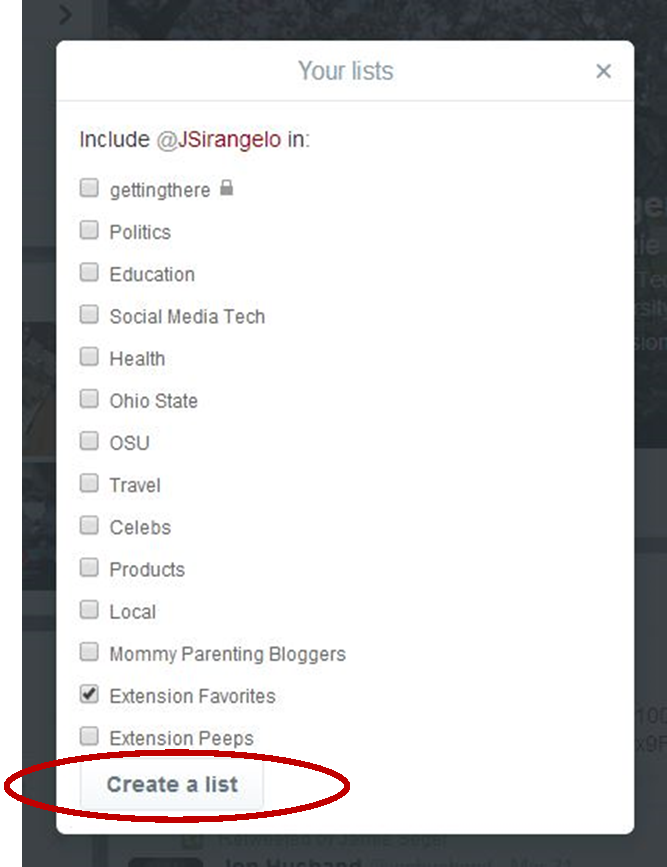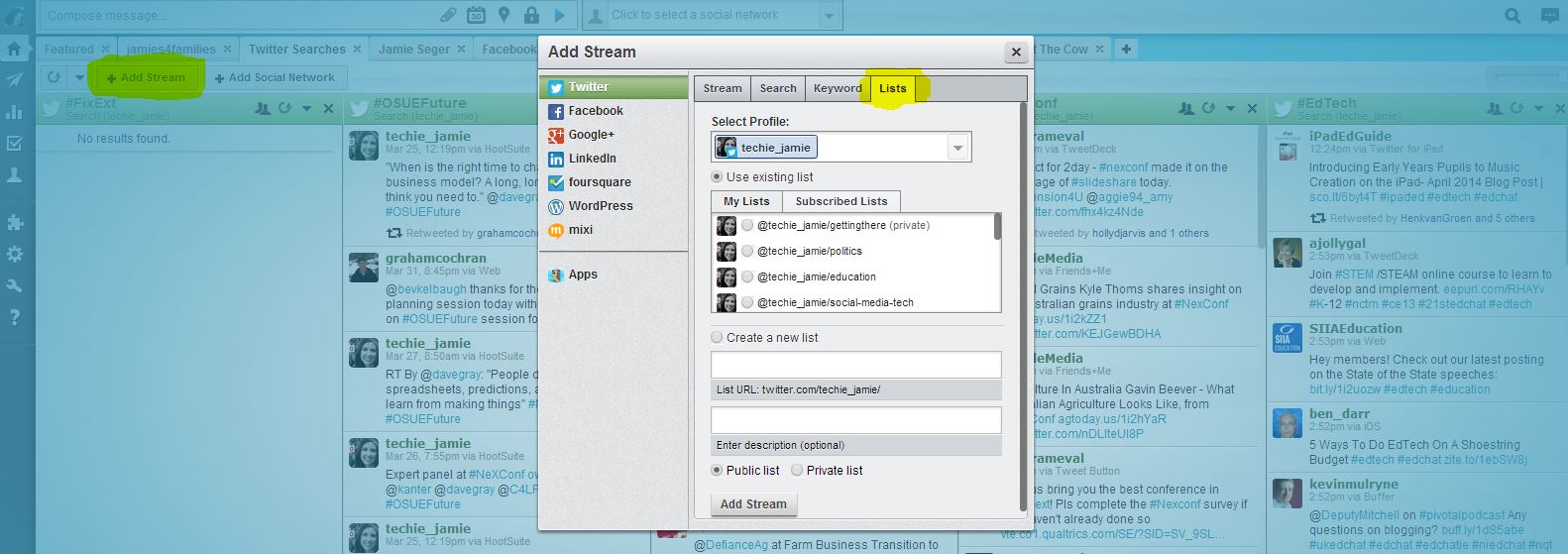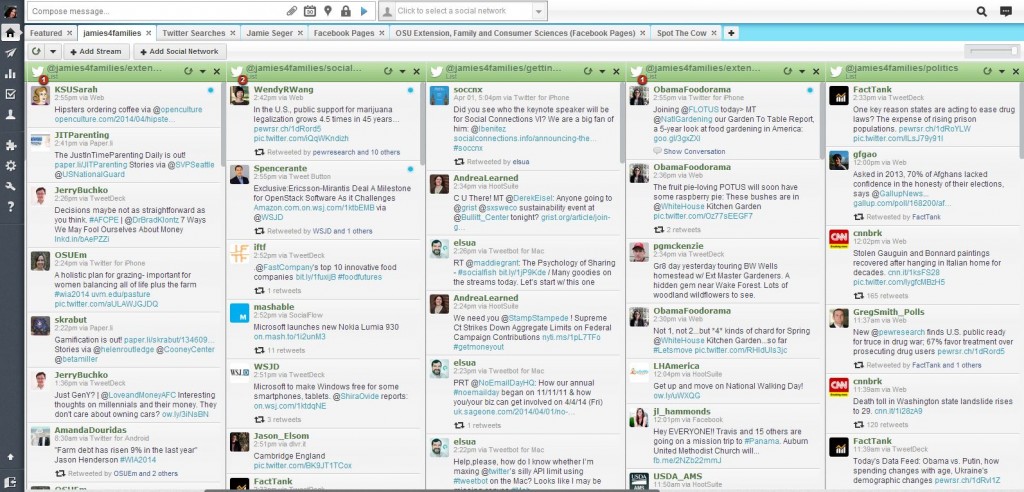
A few members of our Ed Tech group (Kim Roush, Jerry Thomas, and myself) attended the National eXtension Conference last week in Sacramento. Ever since attending and presenting at NeXC in Oklahoma City two years ago I’ve been touting the event as the closest thing to an Extension Ed Tech conference that we have, and this year didn’t disappoint! Here are some highlights:

Expert panel session at NeXC. Harold Jarche, Dave Gray, Jane Hart, and Beth Kanter.
Favorite Quotes (all by keynote speaker Dave Gray):
– “There’s already something that is serving the purpose of sharing information online. It’s called Google. What’s YOUR purpose?”
– “If you’re not making it up as you go along, you’re completely out of touch with reality.”
– “People don’t learn by spending time planning and predicting. They learn by making things.”
– “A lot of experimentation is skill-building.”
– “Cooperation is the future. And it’s not the same thing as collaboration.”
Most talked about takeaways to apply now:
– Instagram is the next social media platform those of us in Extension should be experimenting with.
– We should spend more time explaining how people should utilize Twitter as a tool to build their personal learning network. (I’m itching to write up a separate blog post on this topic – so look for that soon.)
– Extension professionals should be encouraged to take more time out of their day/week to experiment – to learn and try new things.
– We are stronger together than we are apart. If there is one thing eXtension has taught me, it’s that we can create amazing things when we collaborate (and cooperate) with one another. Even across state lines.
While at NeXC, we presented a session about our Ed Tech pilot project here in Ohio. Kim, Jerry, and I presented in person and Heather and Teresa joined via Google Hangout. A few of our colleagues were nice enough to help us out by submitting video testimonials describing what an “Ed Tech has done for them”. Here’s the finished video by 4-H Ed Tech Heather Gottke:
One final thought: NeXC isn’t a conference for those serving in leadership positions for eXtension. It truly is an Ed Tech conference without calling itself an Ed Tech conference. I would encourage anyone interested in tech, national collaboration, and simply doing things differently to attend NeXC in the future. Being a mom of two, I try keep my travel to a minimum each year… and this is a conference I always have on my calendar.
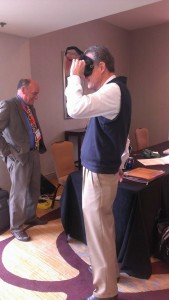
Director Keith Smith trying out the newly acquired OculusRift virtual reality technology.

A group of OSUE folks trying out Google Glass. Director Keith Smith, Ken Martin, Jerry Thomas, and Jamie Seger.
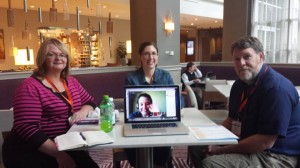
Meeting with Stan Skrabut of Wyoming to talk webinars as teaching tools! Our fellow Ed Techs joined via Google Hangout.
Questions about NeXC and what we learned? Leave a comment!
~Jamie





